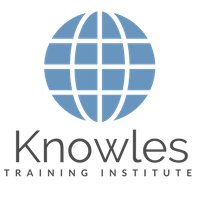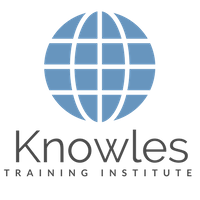Skip to content
AssociationIntern1bksiuevej76kHhK
Association
Neurocognitive Networks: 10 Strategies for Enhancing Learning and Memory Associations
- Linking: Establish strong connections between new information and existing knowledge by identifying associations, patterns, or relationships. Linking enhances memory retrieval by establishing interconnected neural networks.
- Visual Mind Maps: Utilize visual mind maps to visually organize and connect ideas or concepts. Visual mind maps aid in comprehension, memory consolidation, and promote effective recall.
- Conceptual Integration: Integrate new information with pre existing concepts to form a comprehensive understanding. Conceptual integration strengthens memory associations and facilitates the retrieval of interconnected ideas.
- Analogical Reasoning: Employ analogies to relate unfamiliar concepts to familiar ones. Analogical reasoning enhances comprehension and strengthens memory recall by establishing relatable connections.
- Storyline Construction: Construct narratives or stories that incorporate the information to be remembered. Storyline construction provides a contextual framework that aids memory encoding and facilitates recall through narrative associations.
- Mnemonic Strategies: Utilize mnemonic devices such as acronyms, visualization, or rhyme to create memorable associations between information and easily recallable cues. Mnemonic strategies enhance memory retention and retrieval.
- Contextual Embedding: Situate the information within a specific context or real-life scenario. Contextual embedding strengthens memory connections by associating the information with relevant experiences and environments.
- Interdisciplinary Connections: Establish connections between the new information and knowledge from different disciplines or fields. Interdisciplinary connections foster a broader understanding, encourage critical thinking, and strengthen memory associations.
- Reflective Processing: Engage in reflective practices to reinforce and consolidate associations. Reflective processing involves reviewing the information, summarizing key points, and actively relating it to personal experiences.
- Sensorimotor Associations: Incorporate sensorimotor experiences, such as physical movement or tactile sensations, to enhance memory encoding and retrieval. Sensorimotor associations create embodied connections and strengthen memory retention.
Page load link



